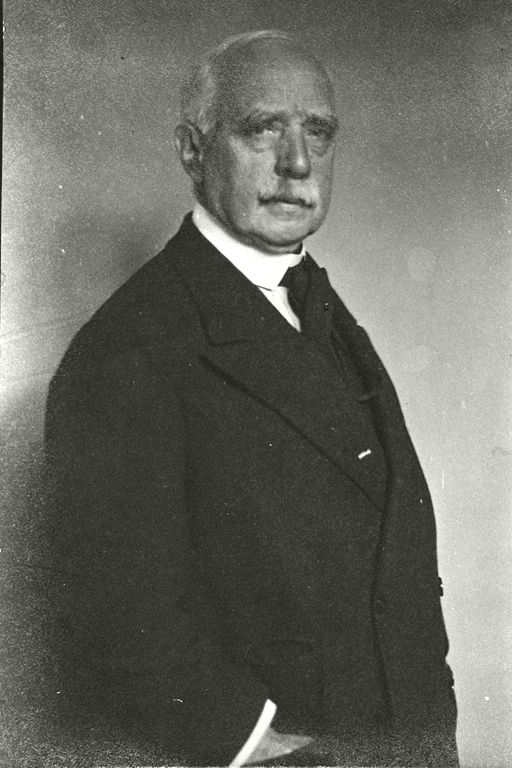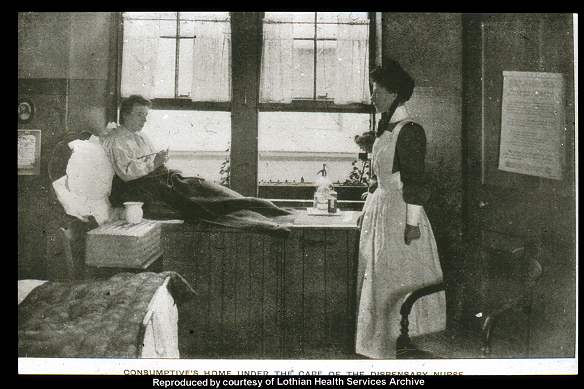13 Bank Street, EH1 2LN

Tuberculosis, or consumption, has long been a major public health issue because it is both a deadly and highly infectious disease. The Industrial Revolution, with cramped housing, primitive sanitation, and widespread malnutrition, created the perfect environment to allow tuberculosis to rise to epidemic levels by the 18th century. Because it affected young people at a high rate and because of the pale skin caused by the disease it was also sometimes called “the robber of youth” and “the white plague.” The Victoria Dispensary for Consumption and Diseases of the Chest, founded by Sir Robert William Philip (1857-1939) in 1887, was the first of its kind in the world. Together with the Royal Victoria Hospital at Comely Bank founded in 1894, and Polton Farm Colony, Midlothian, founded in 1910, the dispensary formed the heart of the so called ‘Edinburgh Scheme’ for combating tuberculosis. Tuberculosis is still a major public health problem worldwide. The World Health Organisation is committed to eradicating the disease by 2050 with the help of improved drug treatment and prevention strategies.



Find out more



